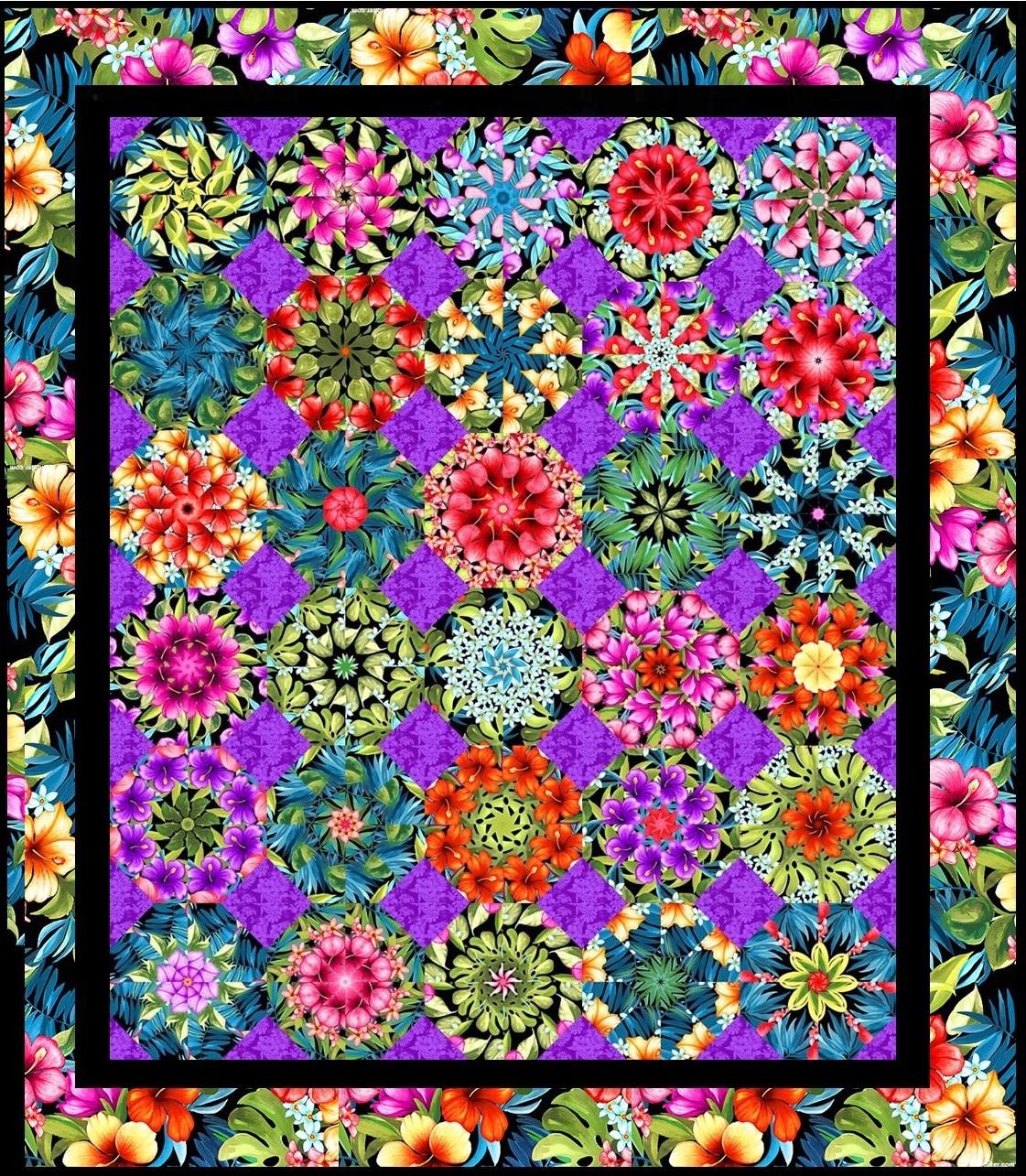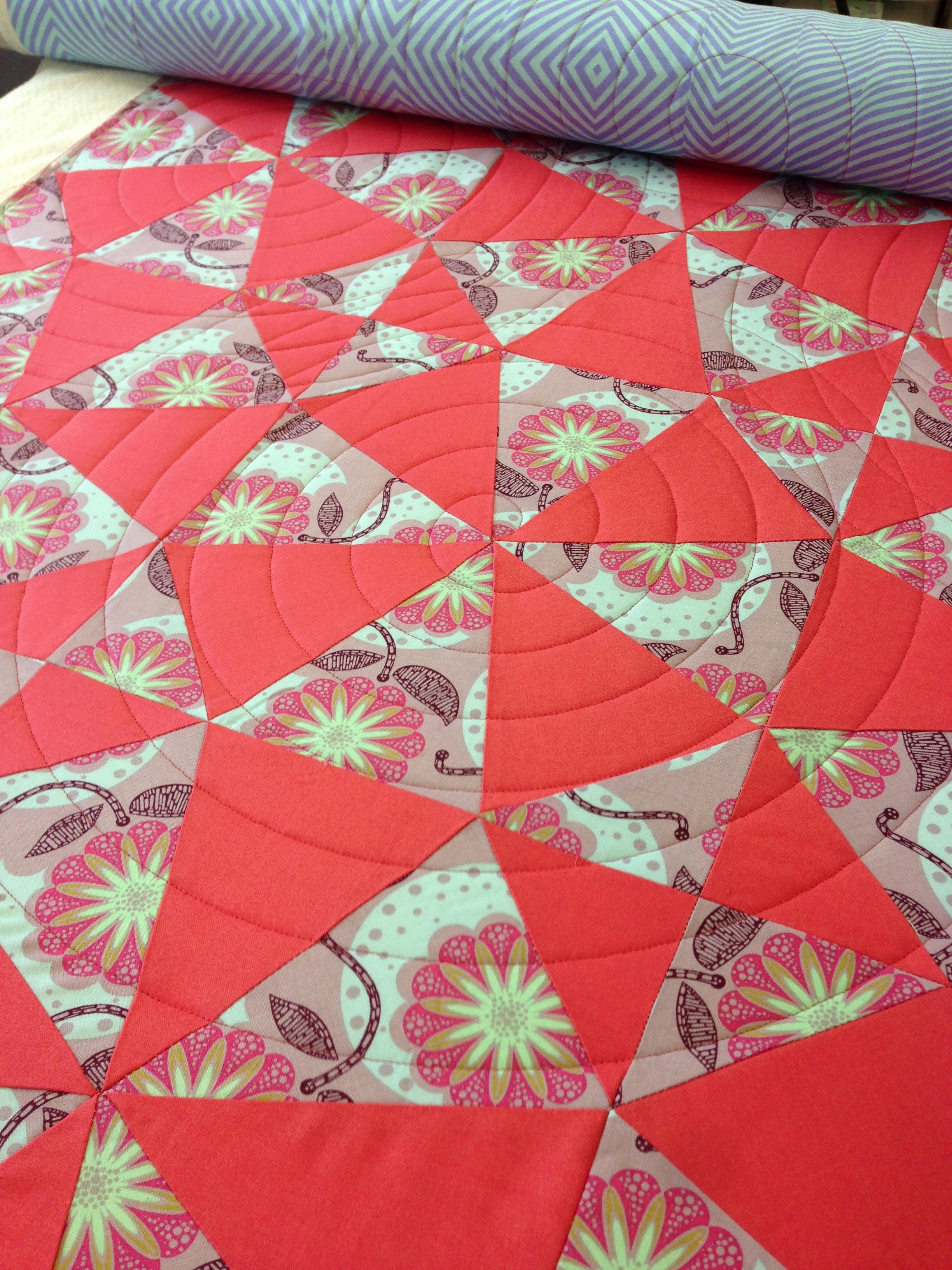

Put the paper wedge into the middle of that, trying to get it to line up well on both sides. Then line up the other one to the 1/4″ on the other side. Smooth out the wedge on the cutting mat, and then line up one of the long rulers to the real 1/4″, with most of the ruler OFF the wedge. * When you need to trim the outside edge of each wedge, try this: put two pieces of blue tape on the undersides of 2 long rulers. Once seamed, the long edges should line up reasonably well. Remember you’re using a 1/4″ seam allowance. * Strata should be about 10″ deep, and made from about 5 strips each. * When dividing the wedge into sections, make the centermost section larger than your first instincts suggest. Don’t trust that you can keep them organized without it. * Use a design wall or dedicated space to arrange the segments.

This video gives a better idea of that process. Then pieces are cut, adding the seam allowance all the way around the template.Ĭontinue to create parts without assembling them yet into wedges. The freezer paper doesn’t get ironed on, just taped with blue tape loops on the back. I made TWO matching strata, aligned their seams to interlock, and then used my piece of freezer paper as a template to cut the 12 pieces. If you look at the photo above, you can see the brilliant pinkish-red in the very center is one strip, continuing out to the green print out at the points as the last strip in this section. The section closest to the point becomes the very center.Įach of the 5 sections is cut from strata, or strips of different fabrics pieced together in layers. The quilter starts with drawing a wedge on freezer paper, and then subdividing the wedge into 5 sections, according to the instructions.
#KALEIDOSCOPE QUILT FULL#
To summarize, the center is built as a set of 12 30° wedges, adding up to the full 360° it takes to go all the way around. All bias edges, 12 narrow 30° wedges joining in the center, and odd angles all tested my capabilities. However, it’s worth noting that the quilt provides a few challenges. They give proof of the variety possible, given differences in colors and settings.Īs said above, the book is easy to understand. The book’s large gallery of photos was submitted by students and others who used his process. The book is well-written and easy to understand, even for someone like me, challenged by many pattern directions. The center of this quilt was made using the process developed by Ricky Tims in his Kool Kaleidoscope Quilts book.

Any quilter with experience in piecing half-square triangles (HST) will enjoy making this gorgeous quilt. This top is made with half-square triangles, but the layout of these triangles is what creates this wonderful 3-D Kaleidoscope effect. All I can say about this Kaleidoscope Quilt is WOW!


 0 kommentar(er)
0 kommentar(er)
